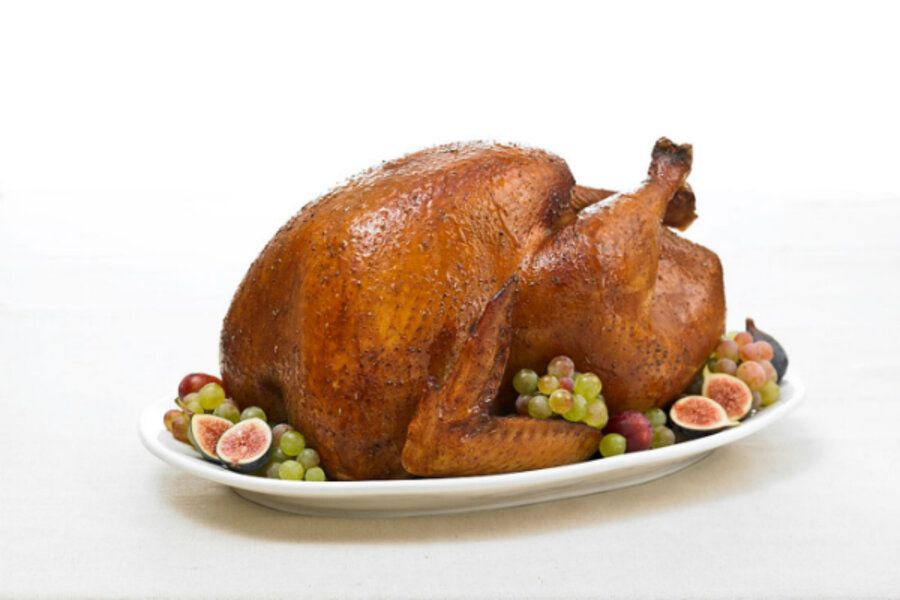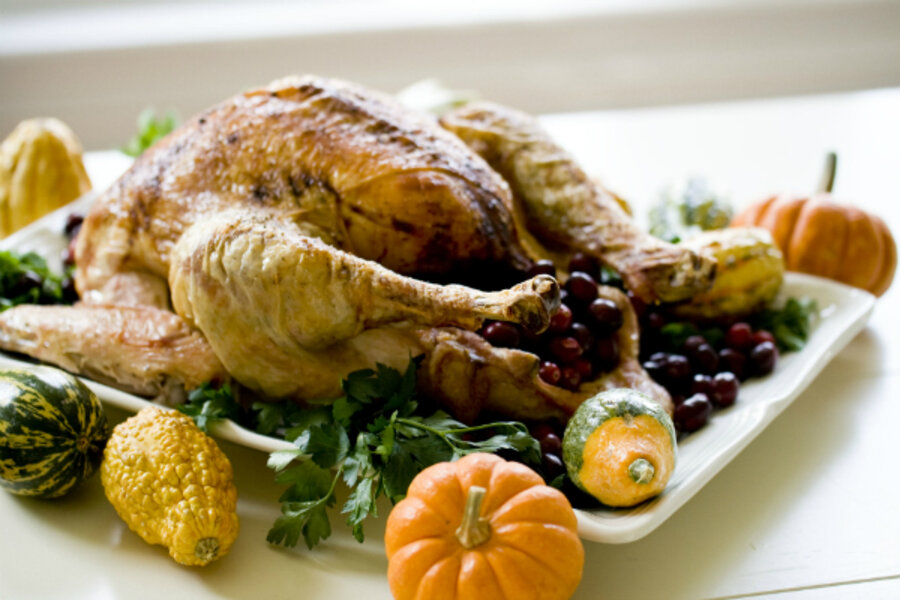Annually, Americans throw out 40 percent of their food supply, amounting to $165 billion, according to the Natural Resources Defense Council. Food wasted also clutters landfills and contributes to the emission of greenhouse gases – the Environmental Protection Agency ranks it as the third largest source of methane gas emissions in the US.
In 2013, the NRDC estimates $277 million worth of turkey was thrown away over the Thanksgiving holiday, or 204 million pounds. The resources it took to grow those turkeys, the NRDC estimates, is equivalent to the amount of water needed to supply New York City for 100 days and greenhouse gases equal to 800,000 car trips from San Francisco to New York. And at a time when 17.9 million US households are "food insecure," 204 million pounds of turkey could provide 46 4-ounce servings of turkey to every American household that's food insecure, according to the NRDC.
While the US Department of Agriculture estimates 15 percent of chicken gets "lost," meaning not consumed, about 35 percent of turkey produced is lost. That's because turkey is a holiday staple. And during the holidays, people are often confronted with more food than they can eat, meaning food gets wasted, according to Dana Gunders, staff scientist at the NRDC.
"Even though [turkey] is the main dish at Thanksgiving, there's so much other food that people tend to actually not eat as much turkey as you might think," she says.








